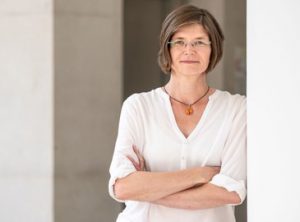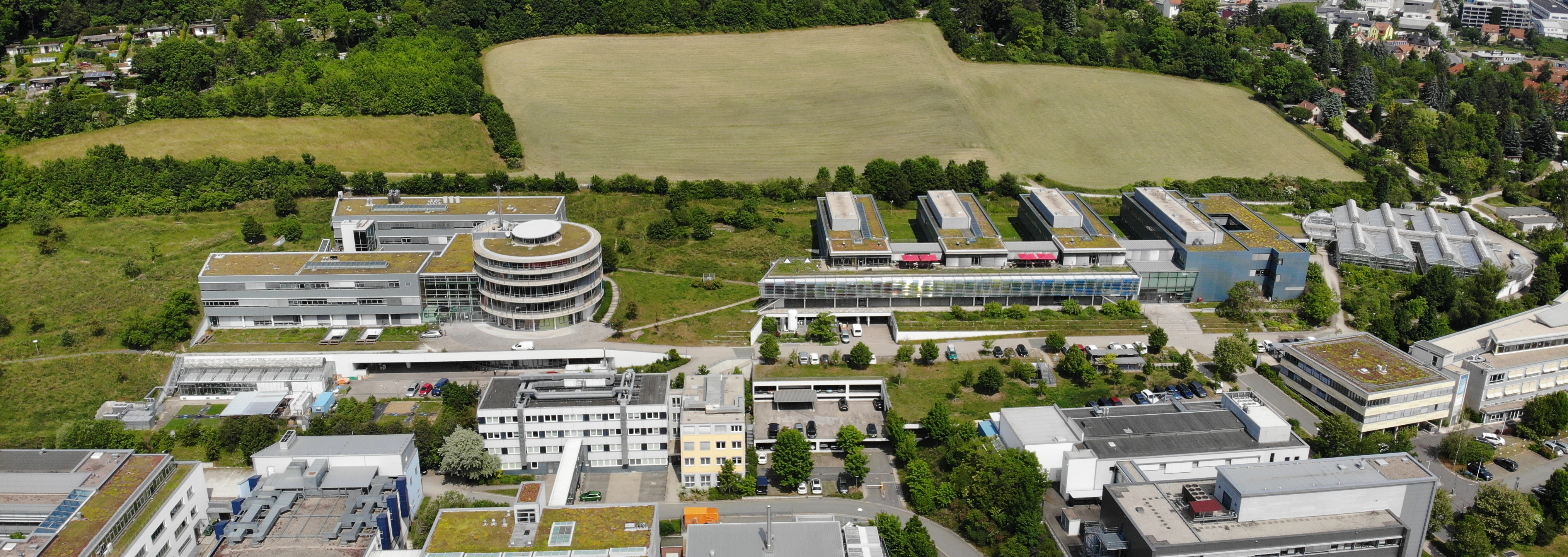
Fire and functional diversity in global vegetation
3rd June 2022 | 1.35 pm – 1.55 pm
Hans-Knöll-Straße 10, 07745 Jena, Germany
BGC Lecture Hall
Zoom: will be provided
Session 4 – Global Modeling and Feedbacks (Sönke Zaehle, moderator)
3rd June 2022 | 1.30 pm – 3.25 pm
Abstract
The first part of her talk will focus on fire disturbance in natural vegetation and modelling global fire regimes. Fire is an Earth System process and has shaped vegetation for millennia, humans have used fire for centuries to manage the landscape. Which ingredients should a global fire model have to allow for modelling fire regimes at the global scale? How broad/uncertain are the assumptions we have to make when exact data do not allow for precise parameterization of the model functions? How do fire-vegetation interactions shape distribution of different forest types? Developing models can be tedious, but also fun when it comes to gaining new insights about how ecosystems work and how they are embedded in the Earth System.
Fires are thought to shift biome boundaries or accelerate region-wide forest degradation – can they force a tropical forest ecosystem to tip to a savannah-like ecosystem? This has been a core question in the ecology community for a long time. Being difficult to test in field experiments, or hopefully never to observe during our lifetime, model exercises can help to gain insights on which processes, or their changes, might increase the risk. Which simulation experiments do we need to set up to get the information we need? What can they tell us about the important processes and their likelihood that they would occur in real life?
We have observed many fire extremes around the world during the past years. All events had devastating impacts on the affected ecosystems, their biodiversity and human health. Is our social-ecological reliance high enough to prepare for or adapt to such events? We tried to gather and structure respective information, but in the end, it depends on what we as human beings and society are willing to monitor, learn and adjust in our practices.
Biodiversity experts are trying to understand why biodiversity matters for ecosystem functioning. Functional and morphological plant traits – leaves, stem and root properties – are found to be directly influencing plant productivity, thus carbon sequestration and carbon storage in biomass and soils. But how do they help to maintain stability of forest ecosystems? What stabilizes forests and can it hold under climate change? Biodiversity is huge in tropical rainforests, is there a way to model these without “blowing up” the computation time of our supercomputer? Is the plant an economic feature, where the locally best adapted ones survive and form the stable forest? What are the ingredients for co-existence of functionally different trees and under which climate change conditions would these established relationships no longer hold? One thing seems to hold: The broader the portfolio is the better a forest can adapt, but it takes centuries and the consequences for other organism groups for which trees form the habitat might still be challenging. Starting with a monoculture, i.e. narrow functional portfolio, into the climate change pathway is certainly not the best option.
Her talk will give insights to building different modelling approaches for fire and biodiversity, and how those tools help us to advance our ecological understanding in the Earth System facing global change.
Biography
Kirsten Thonicke is a senior scientist and Deputy Department Head at the Potsdam Institute for Climate Impact Research (PIK), in Potsdam, Germany. She has a background in Geoecology and defended her PhD on global fire regimes and vegetation dynamics at the University of Potsdam in 2003. She worked at the MPI-BGC from 2003-2005 to build the process-based fire model SPITFIRE (SPread and InTensity of FIRE), embedded in the LPJ DGVM model family, together with Colin I. Prentice and Allan Spessa. The SPITFIRE model is today used as the fire model in many Dynamic Global Vegetation Models, some of which form part in the Fire model intercomparison project FireMIP. It allows to study how ignitions, spread and effects of wildfires in natural vegetation at the global scale. With LPJmL being recently coupled to the Earth System Model CM2Mc it now allows to study fire feedbacks between the atmosphere and the land biosphere. Her team has recently investigated the role of fire in the tipping of the Amazon rainforest.
She collaborated with MPI-BGC on conceptualizing and modelling the impacts of climate extremes on the carbon balance of European ecosystems in the FP7 collaborative project CarboExtreme. She contributed to the conceptualization of climate extremes, their direct and indirect impact on ecosystems, with fire being one of the special cases, so-called indirect climate extremes. Today, two leading publications the consortium published, are highly cited papers.
Her research focuses also on modelling of functional diversity and its interaction with plant competition and ecosystem functions to advance our understanding of how functional diversity and vegetation dynamics interact in natural ecosystems. Those activities have led her to study the Amazon rainforest as a tipping element, specifically to understand feedbacks between fire, vegetation and climate in the tropic rainforests. Recent research focussed on studying the change of biodiversity-ecosystem function relationships under climate change in European natural forests. Here, her group has worked on quantifying functional diversity along climatic gradients at the continental scale and studies the role of plant competition for coexistence of functionally different tree strategies.
Kirsten Thonicke defended her Habilitation in 2020 and became a Privatdozentur in 2021. She teaches bachelor and master courses on impacts of global change in the Earth system at the University of Potsdam. She leads the working group “Ecosystems in Transition” at PIK. She is the Speaker of the Leibniz Research Network on Biodiversity since 2021, which has published the 10 Must-Knows in Biodiversity Science in German and English in 2022 to disseminate latest knowledge on biodiversity science to decision-makers and the wider public.
